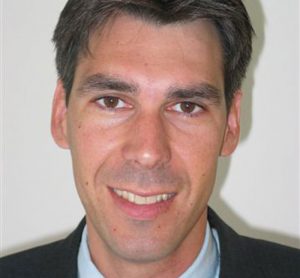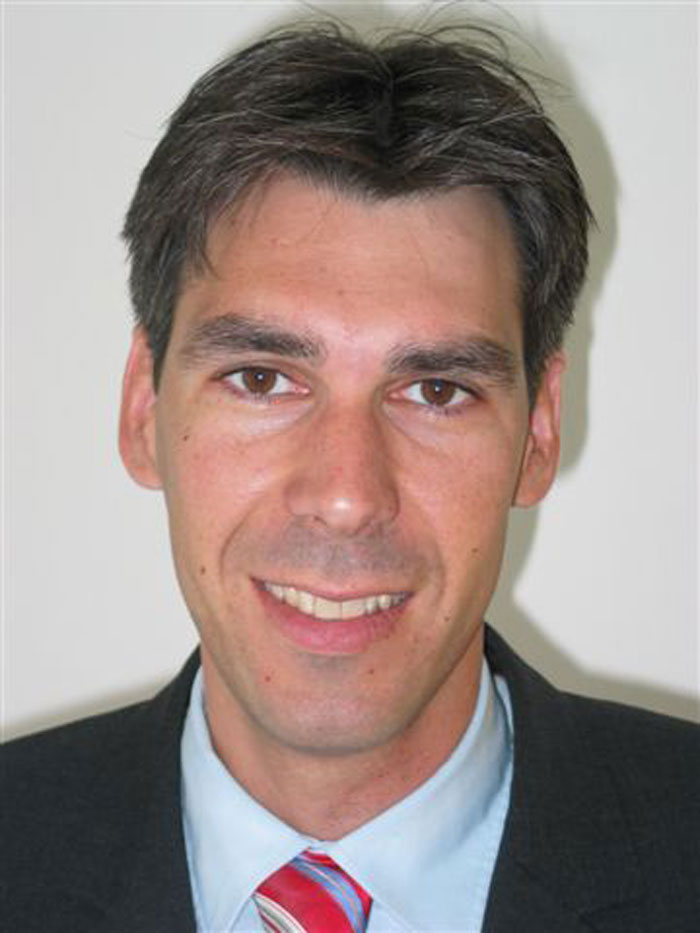High-tech solution for ÖBB operation control
21 July 2009 | By Herwig Wiltberger, Member of the Board, ÖBB-Infrastruktur Betrieb and August Zierl, Head of ÖBB’s Business Unit ‘Engineering Services’, ÖBB-Infrastruktur Bau AG
ÖBB-Infrastruktur Betrieb AG is a modern and customer-oriented infrastructure operator allowing the 22 railway undertakings authorised to operate in Austria access to ÖBB's approximately 5,700km-long railway network. To this end, ÖBB's operation control strategy plays a decisive role. ÖBB heralded a new high-tech era with the launch of the operation…





